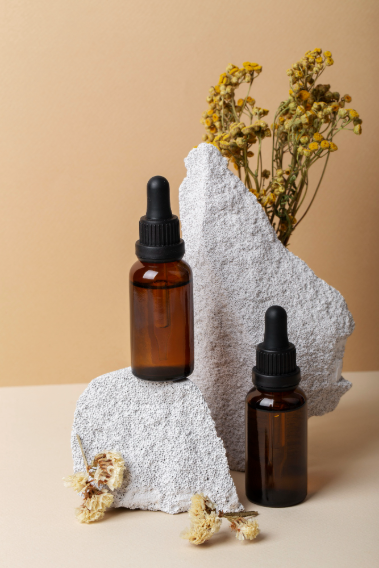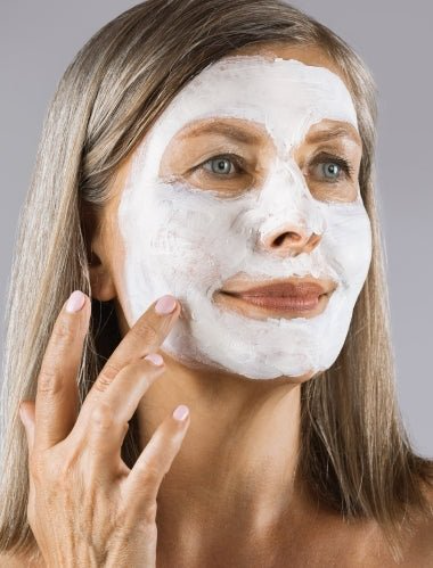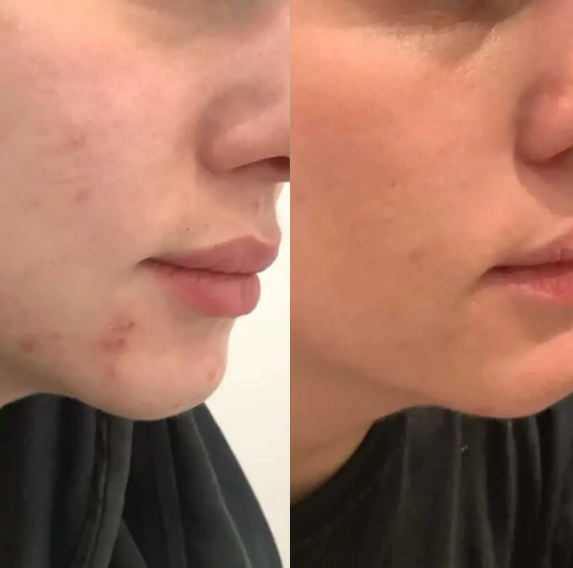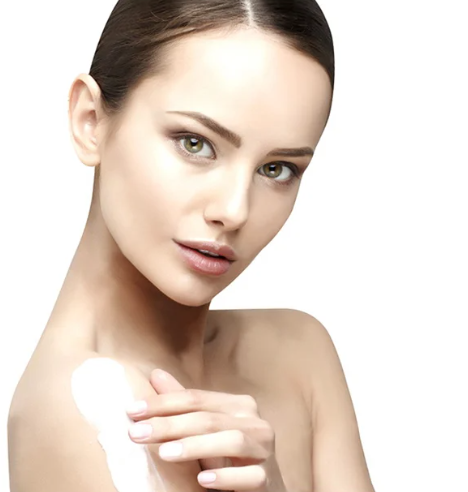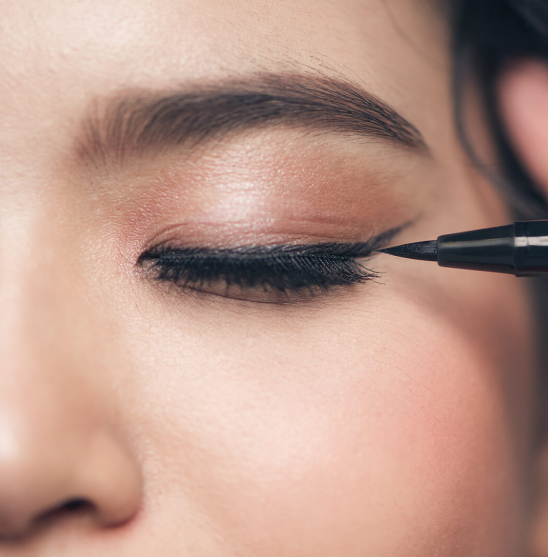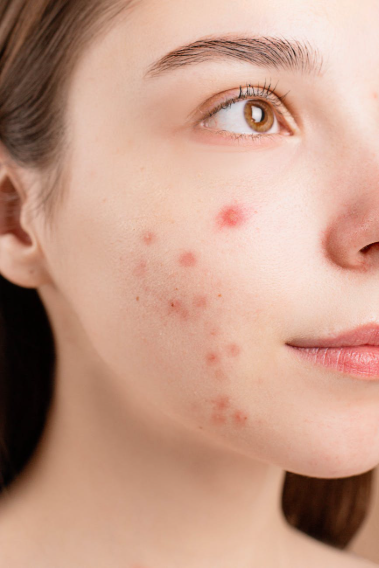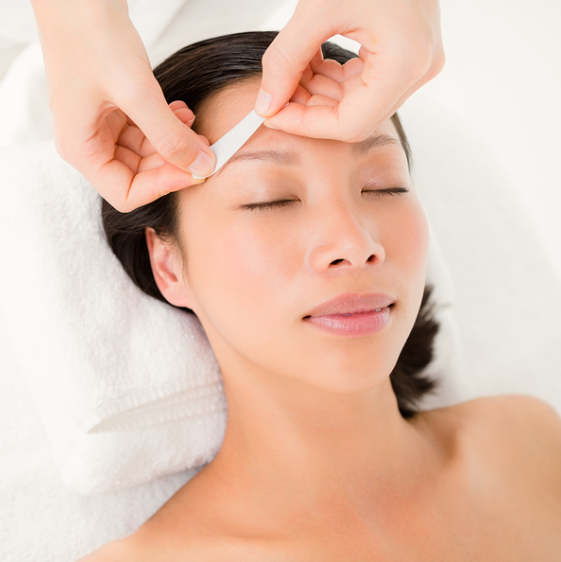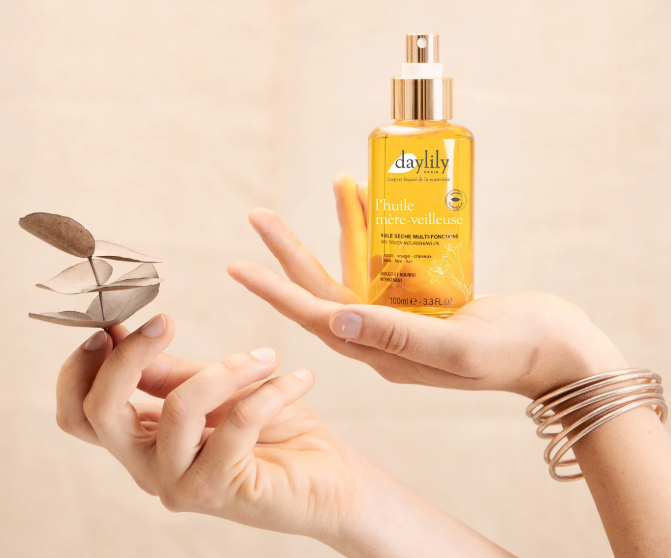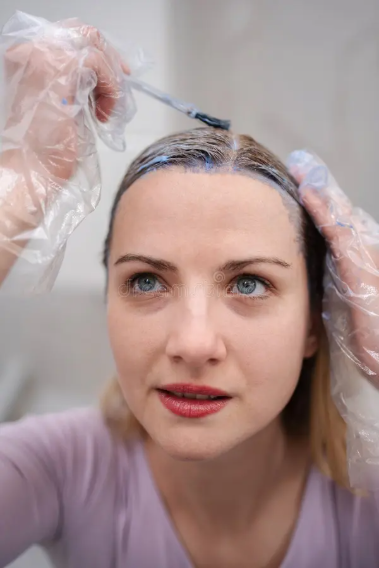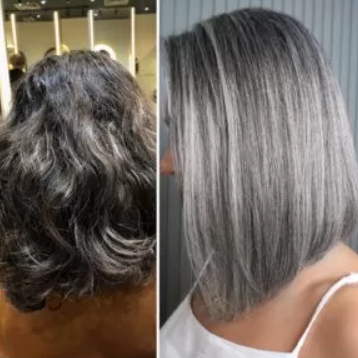Whether it’s acne scars, a burn from a curling iron, or a post-surgery scar, scars are often a stubborn reminder of the past. While makeup can cover them up temporarily, treating the scars directly offers a more long-lasting solution. Essential oils are a great way to incorporate natural healing into your daily skincare routine, helping to fade scars and rejuvenate the skin. Let’s take a look at the best essential oils that can work wonders on various types of scars.
1. Frankincense
Frankincense is known for its skin-healing benefits due to boswellic acid, which promotes cell regeneration. Regular use of frankincense essential oil can help even out skin tone, tighten skin, and encourage the growth of new, healthy skin cells. It’s a great option for scars that need a bit of extra care.
2. Lavender
Lavender essential oil isn’t just relaxing for the senses—it also aids in collagen production, which helps repair skin. It’s especially beneficial for fresh scars, as it helps close wounds and reduces inflammation. Lavender oil is ideal for promoting healing in new scar tissue and improving its appearance.
3. Tea Tree
Tea tree oil is widely known for its antiseptic and anti-inflammatory properties, making it a go-to for treating wounds and reducing skin irritation. It’s perfect for healing acne scars and can significantly speed up the recovery process when applied consistently. While results typically take about a month, the oil’s gentle but effective nature makes it a must-have in your scar-healing routine.
4. Cedarwood
Cedarwood essential oil is fantastic for reducing inflammation, especially for those dealing with acne scars or persistent breakouts. It not only works on scars but can also soothe an itchy, dry scalp when added to shampoo. This versatile oil promotes healthy skin while helping to alleviate discomfort associated with acne.
5. Rosehip Seed
Rosehip seed oil is rich in antioxidants and essential fatty acids, which make it an excellent choice for healing scars, especially surgical marks. This oil helps even out skin tone, treat wrinkles, and moisturize the skin. It’s gentle enough to be used as a carrier oil but effective enough on its own for scar treatment. Expect to see noticeable results after about six weeks of regular use.
6. Vitamin E
Vitamin E is widely regarded as a great ingredient for skin health, known for its ability to boost collagen production and keep the skin moisturized. While studies on its effectiveness for scar healing are limited, many users swear by it for reducing the appearance of scars over time. However, results can vary, and it may take up to six weeks to notice improvements.
7. Helichrysum
Helichrysum essential oil is a more expensive option but well worth the investment due to its powerful antibacterial properties. It’s especially useful for new scars and wounds because it fights off bacteria while promoting faster healing. This oil also boosts collagen production, which is key for reducing scar tissue. Keep in mind that it has a slightly medicinal scent that might not appeal to everyone.
8. Carrot Seed
Carrot seed oil is packed with beta-carotene, making it a fantastic choice for fading older scars. It enhances skin cell turnover, encourages collagen production, and can even be helpful for treating active acne. If you’re looking for a solution to lighten and smooth out both old and new scars, carrot seed oil is an excellent option.
9. Geranium
For a gentle floral scent and skin-healing benefits, geranium oil is a great choice. It promotes cell regeneration and balances skin tone, making it effective for treating both fresh and old scars. Geranium oil is also great for calming inflammation and can be helpful for a range of skin issues, from scars to skin irritations.
10. Bio-Oil
Bio-Oil is a blend of essential oils, including sunflower and lavender, known for its ability to hydrate skin while reducing the appearance of scars, stretch marks, and uneven skin tone. This oil absorbs quickly, making it ideal for use on both old and new scars. It’s a reliable choice for moisturizing and improving the skin’s overall texture.
How to Apply Essential Oils for Scars
While oils like Bio-Oil and coconut oil are not concentrated essential oils and can be applied directly to the skin, pure essential oils should always be diluted with a carrier oil to prevent irritation.
Common carrier oils include olive oil, coconut oil, jojoba oil, or almond oil. If you have sensitive skin, you might want to invest in a high-quality carrier oil like grapeseed or hazelnut oil for added benefits.
To use essential oils for scars, mix a few drops of your chosen oil with the carrier oil of your choice and apply directly to the scar area. For best results, apply the oil after a shower when your skin is more receptive to absorbing nutrients.
Essential oils offer a natural, effective way to help fade scars and promote skin healing. With consistent use and patience, you can reduce the appearance of scars and support your skin’s natural regeneration process.
